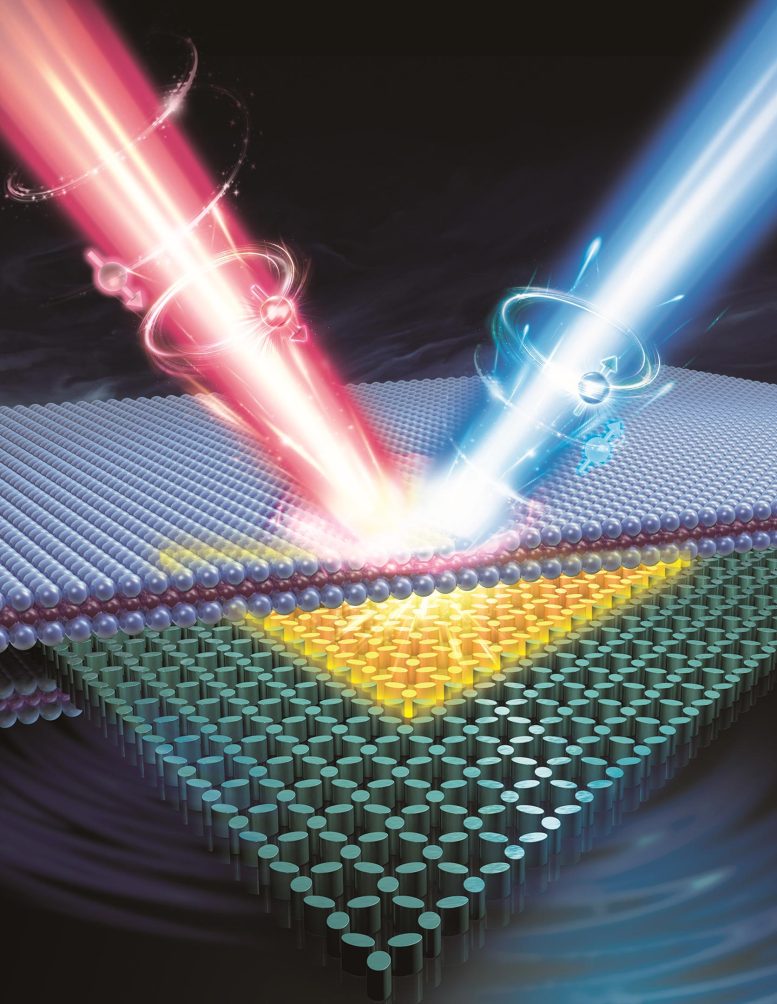
The spin-valley optical microcavity is constructed by interfacing an inversion-asymmetric (yellow core region) and an inversion-symmetric (cyan cladding region) photonic spin lattice. By virtue of a photonic Rashba-type spin splitting of a bound state in the continuum, this heterostructure enables a selective lateral confinement of the emergent photonic spin-valley states inside the core for high-Q resonances. Consequently, the coherent and controllable spin-polarized lasing (red and blue beams) is achieved from valley excitons in an incorporated WS2 monolayer (purple region). Credit: Scholardesigner co, LTD
Researchers from the Technion have pushed the limits of the possible in the field of atomic-scale spin-optics, creating a spin-optical laser from monolayer-integrated spin-valley microcavities without requiring magnetic fields or cryogenic temperatures.
Scientists at the Technion – Israel Institute of Technology have unveiled a coherent and controllable spin-optical laser based on a single atomic layer. This breakthrough is enabled by coherent spin-dependent interactions between a single atomic layer and a laterally confined photonic spin lattice, the latter of which supports high-Q spin-valley states through the photonic Rashba-type spin splitting of a bound state in the continuum.
Published in the prestigious journal Nature Materials and featured in the journal’s Research Briefing, the achievement paves the way to study coherent spin-dependent phenomena in both classical and quantum regimes. It opens new horizons in fundamental research and optoelectronic devices exploiting both electron and photon spins.
Research Team and Collaborations
The study was conducted in the research group of Professor Erez Hasman, head of the Atomic-Scale Photonics Laboratory, in collaboration with Professor Elad Koren, head of the Laboratory for Nanoscale Electronic Materials and Devices in the Department of Materials Science and Engineering, and Professor Ariel Ismach at Tel Aviv University. The two groups at the Technion are in association with the Helen Diller Quantum Center and Russel Berrie Nanotechnology Institute. Dr. Kexiu Rong conducted and led the research, and collaborated with Dr. Xiaoyang Duan, Dr. Bo Wang, Dr. Vladimir Kleiner, Dr. Assael Cohen, Dr. Pranab K. Mohapatra, Dr. Avinash Patsha, Dr. Subhrajit Mukherjee, Dror Reichenberg, Chieh-li Liu, and Vladi Gorovoy.
The Challenge of Spin Degeneracy
Can we lift the spin degeneracy of light sources in the absence of magnetic fields at room temperature? According to Dr. Rong, “Spin-optical light sources combine photonic modes and electronic transitions and therefore provide a way to study the exchange of spin information between electrons and photons and to develop advanced optoelectronic devices. To construct these sources, a prerequisite is to lift the spin degeneracy between the two opposite spin states either in their photonic or electronic parts.
This is usually accomplished by applying magnetic fields under a Faraday or Zeeman effect, although these approaches generally require strong magnetic fields and cannot produce miniaturized sources. Another promising way takes advantage of artificial magnetic fields for photonic spin-split states in momentum space, underpinned by a geometric phase mechanism.
Unfortunately, previous observations of spin-split states have relied heavily on propagation modes with low quality factors, which impose undesired limitations on spatial and temporal coherence of the sources. This approach is also hindered by the spin-controllable properties of a bulk laser gain material being unavailable or nontrivial to access for active control of the sources, especially in the absence of magnetic fields at room temperature.”
Achieving High-Q Spin-Split States
To achieve high-Q spin-split states, the researchers constructed photonic spin lattices with different symmetry properties, which comprise an inversion-asymmetry core and inversion-symmetry cladding integrated with a WS2 monolayer to create laterally confined spin-valley states. The essential inversion-asymmetry lattice the researchers use has two important properties. (1) A controllable spin-dependent reciprocal lattice vector due to space-variant geometric phases from its constituting inhomogeneous-anisotropic nanoholes.
This vector splits a spin-degenerate band into two spin-polarized branches in momentum space, which is referred to as the photonic Rashba effect. (2) A pair of high-Q symmetry-enabled (quasi-) bound states in the continuum, that is, ±K (corners of the Brillouin zone) photonic spin-valley states, at the band edges of the spin-split branches. Moreover, the two states form a coherent superposition state with equal amplitudes.
Professor Koren noted that, “We used a WS2 monolayer as the gain material because this direct-bandgap transition metal dichalcogenide possesses unique valley pseudospins, which have been widely investigated as an alternative information carrier in valleytronics. Specifically, their ±K’ valley excitons (radiated as in-plane spin-polarized dipole emitters) can be selectively excited by spin-polarized light according to a valley-contrasted selection rule, thus enabling active control of spin-optical light sources without magnetic fields.”
In the monolayer-integrated spin-valley microcavities, ±K’ valley excitons couple to ±K spin-valley states owing to polarization matching, and spin-optical excitonic lasing is achieved at room temperatures through strong optical feedback. Meanwhile, ±K’ valley excitons (initially without a phase correlation) are driven by the lasing mechanism to find the minimum-loss state of the system, which leads them to re-establish a phase-locked correlation according to the opposite geometric phases of ±K spin-valley states.
This lasing-mechanism-driven valley coherence removes the need for cryogenic temperatures to suppress the intervalley scattering. Moreover, the minimum-loss state of the Rashba monolayer laser can be regulated to be satisfied (broken) via a linear (circular) pump polarization, which provides a way to control the lasing intensity and spatial coherence.
Implications and Future Directions
“The unveiled photonic spin valley Rashba effect provides a general mechanism to construct surface-emitting spin-optical light sources. The demonstrated valley coherence in the monolayer-integrated spin–valley microcavity makes a step towards achieving entanglement between ±K’ valley excitons for quantum information by means of qubits,” explains Professor Hasman.
“For a long time, our group has been working on developing spin optics to harness photonic spin as an effective tool to control the behavior of electromagnetic waves. In 2018, we were attracted by valley pseudospins in two-dimensional materials, and therefore began a long-term project to study the active control of atomic-scale spin-optical light sources in the absence of magnetic fields.
We initially tackled the challenge of coherent geometric phase pickup from individual valley excitons by using a non-local Berry-phase defect mode.
However, the underlying coherent addition of multiple valley excitons of the realized Rashba monolayer light sources remained unsolved, owing to the lack of a strong synchronizing mechanism between the excitons.
This issue inspired us to think about high-Q photonic Rashba modes. Following innovations in new physical approaches, we achieved the Rashba monolayer laser described here.”
Reference: “Spin-valley Rashba monolayer laser” by Kexiu Rong, Xiaoyang Duan, Bo Wang, Dror Reichenberg, Assael Cohen, Chieh-li Liu, Pranab K. Mohapatra, Avinash Patsha, Vladi Gorovoy, Subhrajit Mukherjee, Vladimir Kleiner, Ariel Ismach, Elad Koren and Erez Hasman, 6 July 2023, Nature Materials.
DOI: 10.1038/s41563-023-01603-3
The research was supported by the Israel Science Foundation (ISF), the Helen Diller foundation, and the joint Technion NEVET grant by RBNI. The fabrication was performed at the Micro-Nano Fabrication & Printing Unit (MNF&PU) of the Technion.

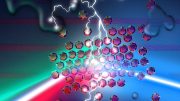
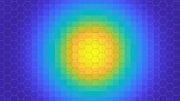

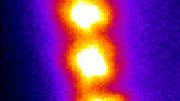
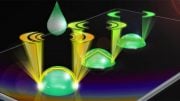
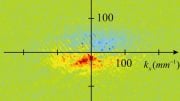
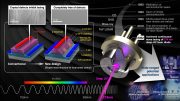

I’m assuming these cavities could be used to create logic gates, where information is represented by spins. Is there another use for these?